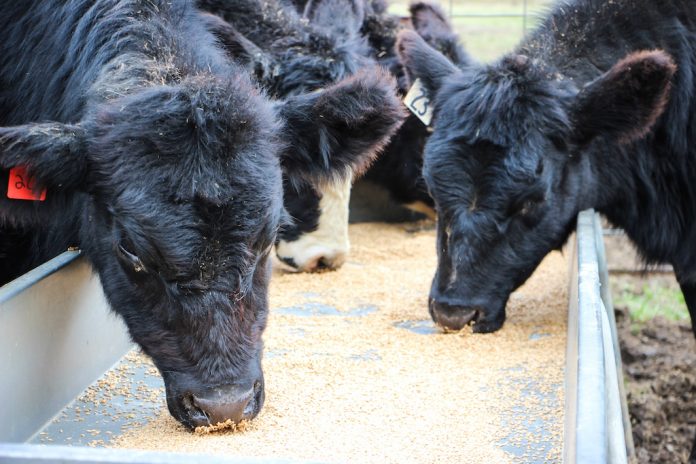Some years ago, I wrote a column on how farm groups sternly preached the value of what they reverently called “sound science” but, in fact, usually endorsed only “science that sounds good” to the groups.
Not coincidentally, I noted, most of that good-sounding science was “science” tied to research bought-and-paid-for by the groups themselves. Examples of this thumb-on-the-scale tactic continue to do exactly what they are intended to do: confuse, mislead and redirect farmers, ranchers and naive policymakers away from solutions disfavored by the group.
Beef checkoff
Take the beef checkoff. Earlier this year, the Cattlemen’s Beef Board, the 99-member committee that runs the national checkoff, released results of what it called “an economic study to measure the return on beef producers’ and importers’ investments into the national portion of the Beef Checkoff program over the past 5-year period, 2014-2018.”
Yes, the CBB paid for the study and, to no one’s surprise, Ivy League researchers found positive news in this negative: “Had there not been any domestic CBB demand-enhancing activities over the last 5-year period, total domestic beef demand would have been 14.3% lower than actual.”
In short, cattle folks, without the checkoff, your losses in the cattle market would be even more catastrophic than today’s $100-per-head and meatpacker profits would be even more obscene than today’s estimated $450 per head.
And if that doesn’t raise a suspecting eyebrow, here’s another checkoff-financed “fact” that supports continued checkoff spending and your continued (cough, cough) “profitability”:
“Collectively, the overall BCR [benefit-cost ratio] for all CBB activities (including foreign market development) is $11.91. In other words, an extra dollar invested in CBB activities over the period … returned $11.91 to beef industry producer profit.”
Shaky evidence
No one — except maybe the Big Four meatpackers who seem able to vacuum up every nickel in rural America — believes this “economic” whopper.
The evidence they offer is as bloody as any kill floor: The U.S. cattle sector is now enduring a market shakeout as violent as the 1998 hog market meltdown that led to today’s near-total packer domination of U.S. pork production.
Worse, in what’s becoming the motto for 2019, there is no end in sight. This self-financed, self-serving “science” isn’t unique to just checkoffs.
WOTUS
The Trump Administration’s recent rejection of the Waters of the U.S. rule, or WOTUS, was based largely on a sea of reports and “maps’ financed by major farm groups, such as the American Farm Bureau Federation, whose primary goal was to kill — not debate it or alter — WOTUS.
Silvia Secchi, an associate professor at the University of Iowa, made that point again in a Sept. 23 Cedar Rapids Gazette column that questioned Iowa Sen. Joni Ernst’s repeated misstatement that WOTUS would negatively impact 97 percent on Iowa farmland.
“It’s absolutely not correct,” Secchi, a member of the university’s Department of Geographical and Sustainability Sciences, told Gazette columnist Todd Dorman.
It’s “fear mongering,” she added because WOTUS “rules preserved all exemptions for agriculture … So for Sen. Ernst to say that is really … ridiculous. It’s not true.”
Ernst’s defense? Her oft-repeated number came from a 2015 report that contained “a series of maps” on WOTUS’s assumed reach prepared by a firm called Geosyntec Consulting and paid for by the farm bureau.
Assumptions
The nation’s biggest, most politically-active farm group, a longstanding foe of what it called government “harassment,” said the maps “clearly show” WOTUS would “radically expand” government’s role in agricultural water runoff regulations.
That claim might have been accurate if the assumptions underlying the report had been accurate. They weren’t; they were assumptions targeted to get the desired answers and, to no one’s shock, they did exactly that.
But using science that sounds good to win political arguments on, say, the efficacy of commodity checkoffs or an update of water runoff rules is, at best, a temporary victory. At worst it undermines farm and ranch groups’ credibility when the problem inevitably rises again.
And when it does, sound science — facts, figures, and focus — must prevail, not partisanship, piffle and prattle, or else everyone loses. Again.














